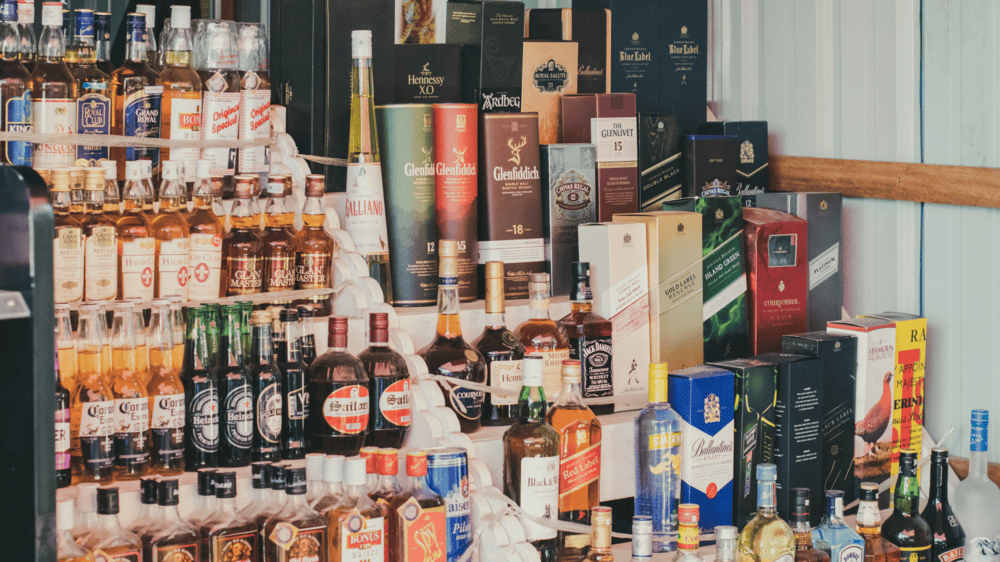The Sugar Industry in Eswatini – Has Sugar turned Bittersweet?
Worldwide consumption of sugar kept growing despite the increasing awareness of the unwelcome link between sugar consumption and obesity. What is interesting is that sustained growth worldwide is coming from developing countries who are currently at the bottom of the rank in terms of per capita consumption.
Eswatini should take advantage of the growing demand in developing countries whilst paying attention to the trends in developed countries.
The latest WOW report on The Sugar Industry in Eswatini reveals how the global shift in sugar consumption has had an impact on the loss of market share and exports for the Eswatini sugar industry in its key EU market. The EU introduced policies aimed at lowering per capita sugar consumption, reducing Eswatini’s export market.
The drop was also exacerbated by the abolishment of sugar beet quotas in Europe as well as the low sugar prices which contributed to a more restrictive attitude towards sugar consumption in the EU.
What is interesting is that the US still shows overall growth in sugar consumption even though on a per capita basis there was a slight decrease; the forecast for the EU has a much more pronounced decline in consumption, overall and on a per capita basis.
Growth in production is noted and that could perhaps be as a result of population growth and increasing consumption in developing countries.
Like most industries, there is a great need for innovation and diversification by Eswatini and other major sugar producing markets particularly given that sugar finds numerous applications outside right-out consumption, such as for instance in the pharmaceutical and skincare industry. The pharmaceutical sector includes sugar in the preparation of antibiotics and cough syrups whilst the skincare sector, uses sugar in the manufacturing of scrubs owing to its exfoliating properties.
The decline in demand in one of Eswatini’s main export markets (Europe) brings into focus the need for the country to develop sustainable strategies in an industry that remains central to its economy and to tackle climate change effects such as radiation, temperature and rainfall which have negatively affected sugarcane production.
To Eswatini’s credit, that they have started using sugar cane produce as feedstock for electricity generation and production of ethanol to maintain the industry’s position in the competitive global environment.
Eswatini can also still drive export growth in other parts of the world, mostly developing countries, where the sugar consumption is way below a healthy consumption rate.
The World Health Organisation (WHO) recommends a limit of 50g/day. Below is a sample of the sugar consumption per country, where we jump to the top consumers once beyond 50gr/day.
Sugar consumption in a select countries
Country Quantity (grams per day
India 5.1
Israel 14.5
Egypt 19.5
Russia 20.0
South Korea 30.8
South Africa 41.5
Netherlands 102.5
Germany 102.9
USA 126.4
It will take time for consumption to drop significantly; regulatory interventions such as sugar taxes are compelling producers to create foodstuffs with less sugar content, substituting artificial sweeteners and so on. It is also evident that as standard of living and purchasing power grows in developing countries, so does sugar consumption.
Looking at worldwide trends in this industry, more effort needs to be put into productivity and diversification in the final demand segment. From the statistics presented in the WOW report on the Sugar Industry in Eswatini sugar cane yield per hectare shows a flat pattern over the last 5 years. (The EU approved genetically modified sugar beet for better insecticide resistance and increased yields.)
There are notable initiatives in manufacturing and marketing from companies such as the Royal Eswatini Sugar Corporation, utilising the Internet of things to manage inbound logistics to shorten delivery times and optimise fleet requirements. Diversification in the final demand segment, with popular specialty products such as Demerara and other new products are contributing to growth and competitiveness.
With these improvements and the investment in research and development taking place, it looks like the country will still enjoy the sweet returns of this industry.
Contact us to access WOW's quality research on African industries and business
Contact UsRelated Articles
BlogCountries Accommodation and food service activitiesSouth Africa
South Africa’s Travel & Tourism Industry in 2025: Trends, Growth, and Challenges
Contents [hide] The status of travel and tourism in South Africa The drastic COVID-19 lockdown measures were devastating for tourism industries all over the world, as illustrated in the graph...
BlogCountries Accommodation and food service activitiesSouth Africa
Trends, challenges and opportunity in the South African liquor Industry
Contents [hide] The liquor industry, like the tobacco industry, has been a prime target for raising taxes (with little resistance from the public) and restrictive advertising rules. The country imposes...
BlogCountries Accommodation and food service activitiesSouth Africa
Accommodation – a pillar of the tourism industry
Contents [hide] The accommodation industry in South Africa is characterised by its diversity, catering to different budgets, preferences and types of travellers. It includes a mix of international hotel chains,...





